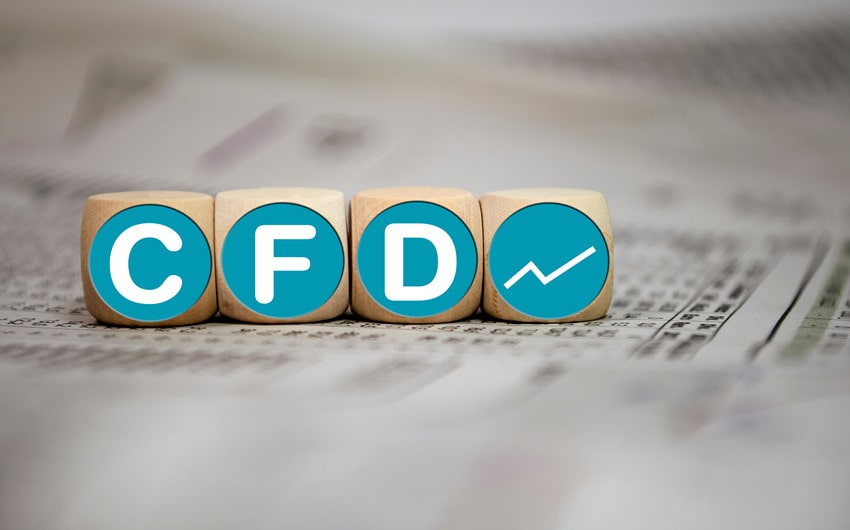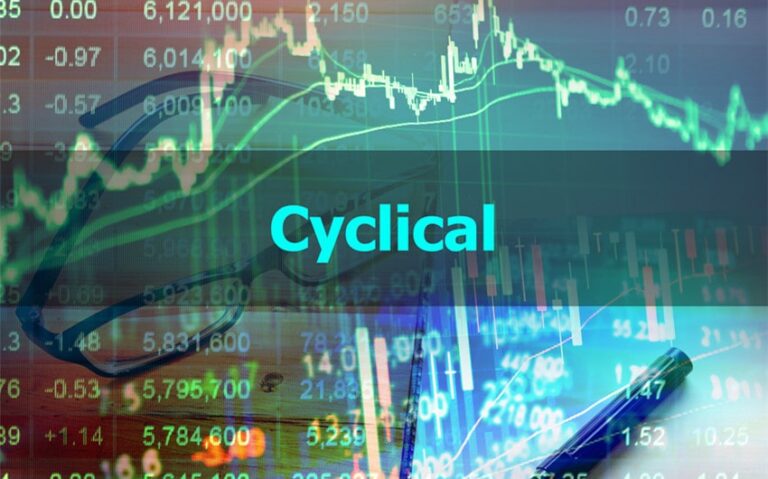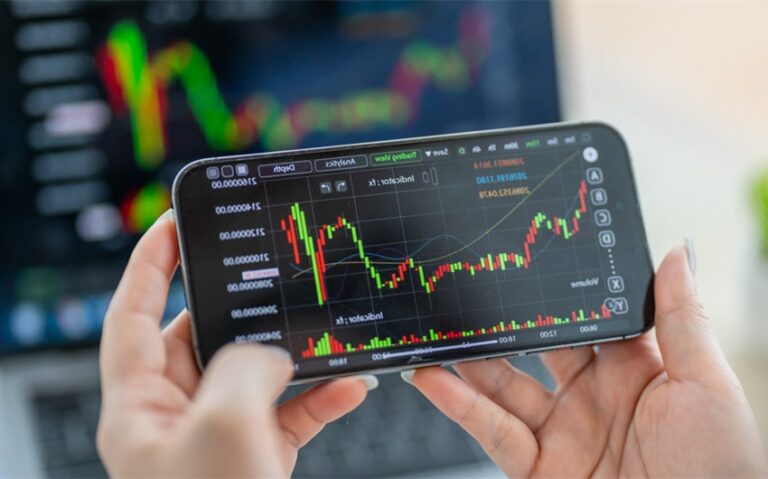Advanced CFD Concepts: Spreads, Margin, Overnight Costs & Execution Models
If you’re already trading CFDs or seriously thinking about it, chances are you’ve heard the basics. You know CFDs let you speculate on price movements without owning the underlying asset. You might even be familiar with terms like leverage and short selling.
But once you’re past your first few trades, it’s time to go deeper.
Understanding how spreads, margin, overnight costs, and execution models work can mean the difference between a good strategy and a painful lesson. These advanced concepts directly affect how much you pay per trade, how your capital is used, and how your orders get filled. In 2025, with faster markets and more sophisticated platforms, mastering these details is more important than ever.
Let’s break them down one by one, using simple terms and real-world relevance.
Margin and Leverage: Controlling Big Positions With Smaller Funds
What is a CFD? CFDs let you control a much larger position with a relatively small amount of capital. This is thanks to leverage, which multiplies your exposure. Instead of paying the full asset price, you only need to deposit a margin, which is a percentage of the trade’s value. A 10% margin means you can open a €10,000 position with just €1,000.
Spreads: The Hidden Cost of Every Trade
The spread is the difference between the buy (ask) and sell (bid) price. It might not seem like much, but it’s how CFD providers make money without charging commissions. Every time you enter or exit a trade, you cross the spread.
For example:
• EUR/USD Bid: 1.0850
• EUR/USD Ask: 1.0852
• Spread: 2 pips
That 2-pip difference is your cost. Even if you’re “right” about the market direction, your trade starts slightly in the red.
Why it matters:
• Tight spreads = lower cost
• Wider spreads = higher cost, especially during news events or low liquidity
• Some assets like major forex pairs have spreads as low as 0.6 pips
• Others, like crypto or small-cap stocks, may have spreads 10 times larger
Always check if your broker offers fixed or variable spreads. In volatile markets, variable spreads can widen fast, which might hit your stop-loss unexpectedly.
Margin: Your Capital’s Multiplier
Margin is the amount of money you need to open and hold a position. It’s not a fee, but a deposit that gives you access to a larger position size. CFD trading is leveraged, meaning you can control a big trade with a small amount of money.
Let’s say the margin requirement is 5 percent. That means:
• You want to trade €10,000 worth of Apple stock
• You need just €500 in your account to open the trade
This leverage amplifies both profits and losses. If the trade moves 1 percent in your favor, you earn €100 (a 20 percent gain on your margin). But a 1 percent move against you loses the same.
In 2025, ESMA and global regulators still cap retail CFD leverage to:
• 30:1 for major FX pairs
• 20:1 for indices and gold
• 10:1 or lower for stocks and crypto
Brokers may also impose a margin call if your equity drops too low. Always check your broker’s stop-out level and margin policy before trading.
Overnight Costs: The Price of Holding
If you keep a CFD position open overnight, your broker applies a swap or overnight financing charge. This is a small percentage based on the size of your position and the interest rate difference between the currencies or assets.
Think of it like a loan. Since CFDs are leveraged, you’re essentially borrowing money to keep the position open.
Key factors:
• Long positions on high-interest assets can earn you swaps
• Short positions or certain assets (like tech stocks) often cost you
• Some brokers offer Islamic (swap-free) accounts, but check for other fees
Overnight fees are applied daily at a set time (often 10 PM GMT). For crypto or volatile assets, fees can be relatively high, especially if you’re holding for weeks.
Quick example:
• You hold a €5,000 CFD on Tesla
• Overnight swap rate is -0.025 percent
• You pay €1.25 per night to keep that trade open
It adds up fast if you’re not watching it. Swing traders and long-term holders need to factor this in when planning strategies.
Execution Models: How Your Trades Get Filled
Most beginners overlook how their trades are executed. But the execution model used by your broker affects price accuracy, slippage, and even potential conflicts of interest.
There are two main models in CFD trading:
1. Market Maker Model
In this setup, the broker creates the market. They take the other side of your trade, meaning:
• If you win, they lose
• If you lose, they profit
Not every market maker is shady, but it’s important to ask questions. Good brokers still hedge against risk or operate transparently, but some might delay fills or widen spreads to protect themselves.
2. STP/ECN Model (Straight Through Processing / Electronic Communication Network)
These brokers pass your trades directly to liquidity providers. They don’t trade against you. Instead, they earn money from spreads or commissions. These accounts typically offer:
• Tighter spreads
• Faster execution
• Transparent pricing
But they may come with higher minimum deposits or per-trade fees. Always ask your broker if they’re STP, ECN, or a hybrid.
Pro Tips for Smarter CFD Trading in 2025
Here’s how seasoned traders handle these advanced details:
• Always factor in spreads and swaps when calculating your break-even level
• Use stop-loss orders with margin awareness, so you don’t get stopped out early
• Trade around events, not during them, to avoid extreme spread widening
• Test execution quality on demo accounts before committing real capital
• Know your broker’s model so you’re not caught off guard by slow fills or re-quotes
Final Thoughts: Fine-Tune the Details to Sharpen Your Edge
CFD trading rewards attention to detail. Once you go beyond choosing the right asset, you start seeing how the behind-the-scenes mechanics affect your outcomes. Spreads, margin, financing fees, and execution speed all influence whether your trades succeed or fail.
In 2025, the best traders are not just betting on price direction. They are managing every factor they can control.
By mastering these advanced CFD concepts, you’re not just taking more informed trades. You’re becoming the kind of trader who thinks like a professional, even if you’re still trading from your phone.



